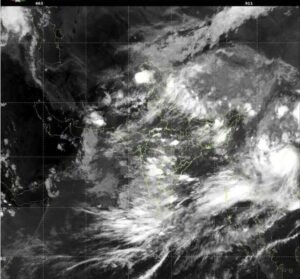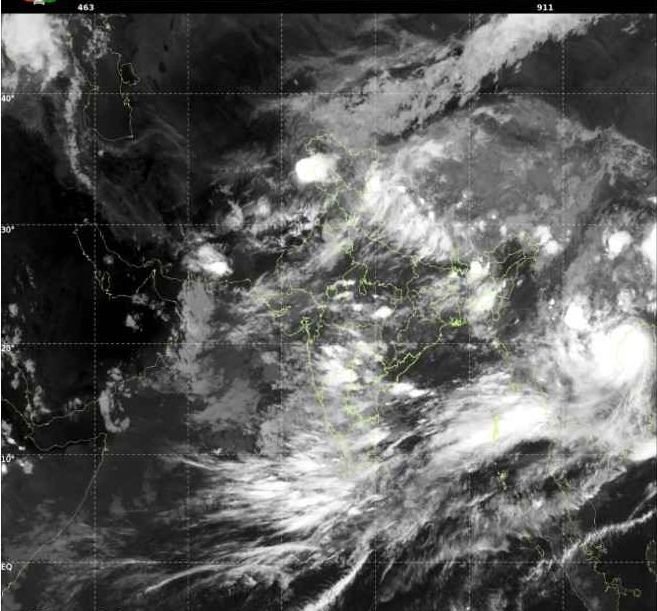
India Monsoon 2025 update: Will Good Rain Bring Relief to Grocery Prices for NRIs?
Every year, India’s monsoon rains decide not just the fate of farmers but also how much you pay for rice, dal, and spices in Indian grocery stores across the US, UK, Canada, and beyond. For millions of NRIs, keeping an eye on India’s rainfall isn’t just nostalgia — it’s smart shopping!
So, what does the India Monsoon Forecast 2025 look like right now? Will you pay less for your favorite basmati rice and toor dal this year? Let’s break it down.
✅ India Monsoon 2025 Outlook: IMD Says Above-Normal Rains
According to the India Meteorological Department (IMD), this year’s southwest monsoon is likely to be above normal. The official forecast says rainfall may hit 106% of the Long Period Average (LPA) — a healthy sign for Indian agriculture.
Highlights:
- Central & Southern India: Likely to get more rain than usual — great news for rice and pulses.
- Northwest India: Forecast is normal, so wheat and oilseeds should do fine.
- Northeast India: Slightly lower rainfall could pose some risk for tea and spices.
The best part? The monsoon covered the entire country nine days earlier than normal, and June rains were already 8–10% above average.
🌾 How This Rainfall Helps Indian Crops
A good monsoon means good sowing, strong harvests, and fewer worries about drought or irrigation gaps. For NRIs, this matters because:
- Rice exports stay steady — India is the world’s biggest rice supplier.
- Pulses harvest improves — meaning less expensive dal abroad.
- Spices get better yields — from turmeric to cardamom.
If rains continue strong through August, there’s a good chance India won’t need to ban exports or hike taxes to control prices at home.
📈 What Does This Mean for Grocery Prices in US Indian Stores?
When India has good rain: ✅ There’s enough rice, lentils, wheat, and spices.
✅ Export bans are less likely.
✅ Global prices stay under control.
When rain fails: 🚫 India cuts exports — like rice bans in 2023.
🚫 Importers in the US, UK, Canada pay more.
🚫 Desi grocery stores raise prices.
So, a healthy monsoon is directly linked to how much you pay for essentials in your kitchen abroad.
⚠️ Risks to Watch: Floods & Heavy Rain
One thing to remember — too much rain can cause local floods, landslides, or crop disease. This year, states like Kerala, Uttarakhand, Himachal, and parts of Odisha are already on high alert for heavy rain through July.
If rain damages crops in some regions, prices for certain items (like onions or ginger) can still spike — even if the country as a whole gets good rain.
🛍️ Smart Tips for NRIs to Save Money
1️⃣ Buy Basics Early — If your grocery store has rice or pulses at a good price, stock up before any export policy changes.
2️⃣ Compare Stores & Online — Big Indian chains in the US often adjust prices faster than smaller local shops.
3️⃣ Follow Monsoon News — Stay updated on IMD bulletins for hints on possible price changes.
4️⃣ Try Alternatives — If your usual brand jumps in price, check other brands or grains.
More articles










